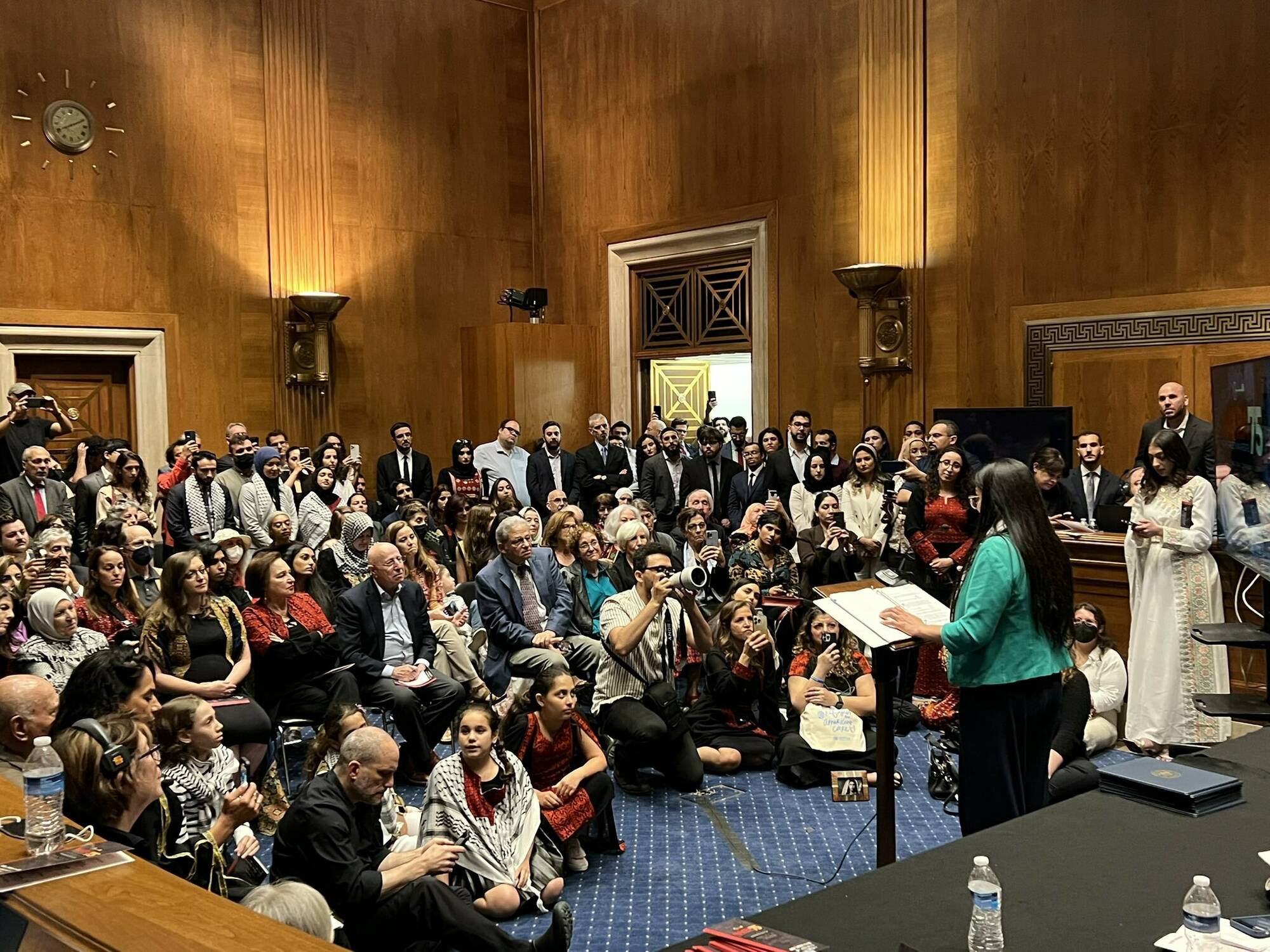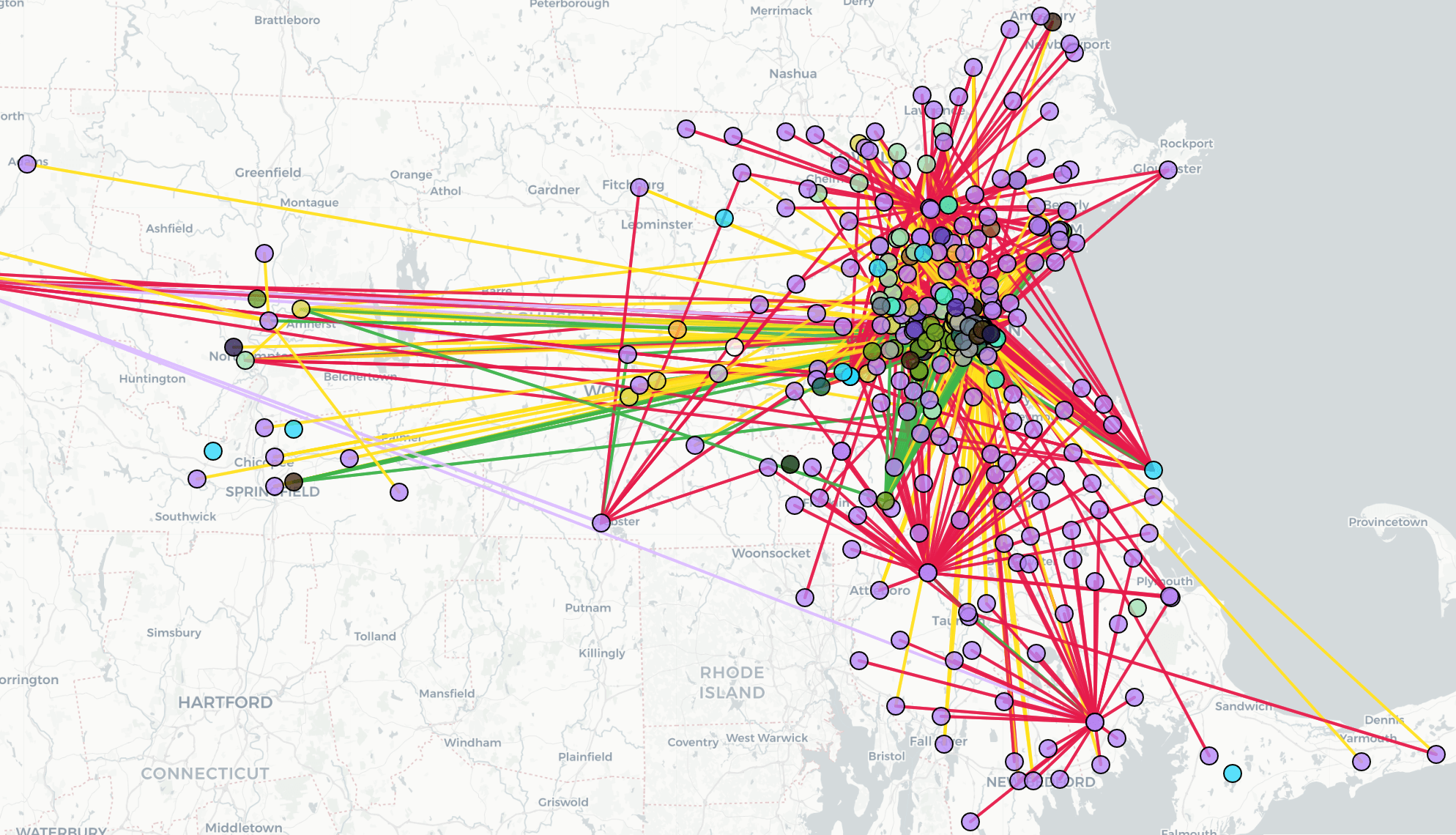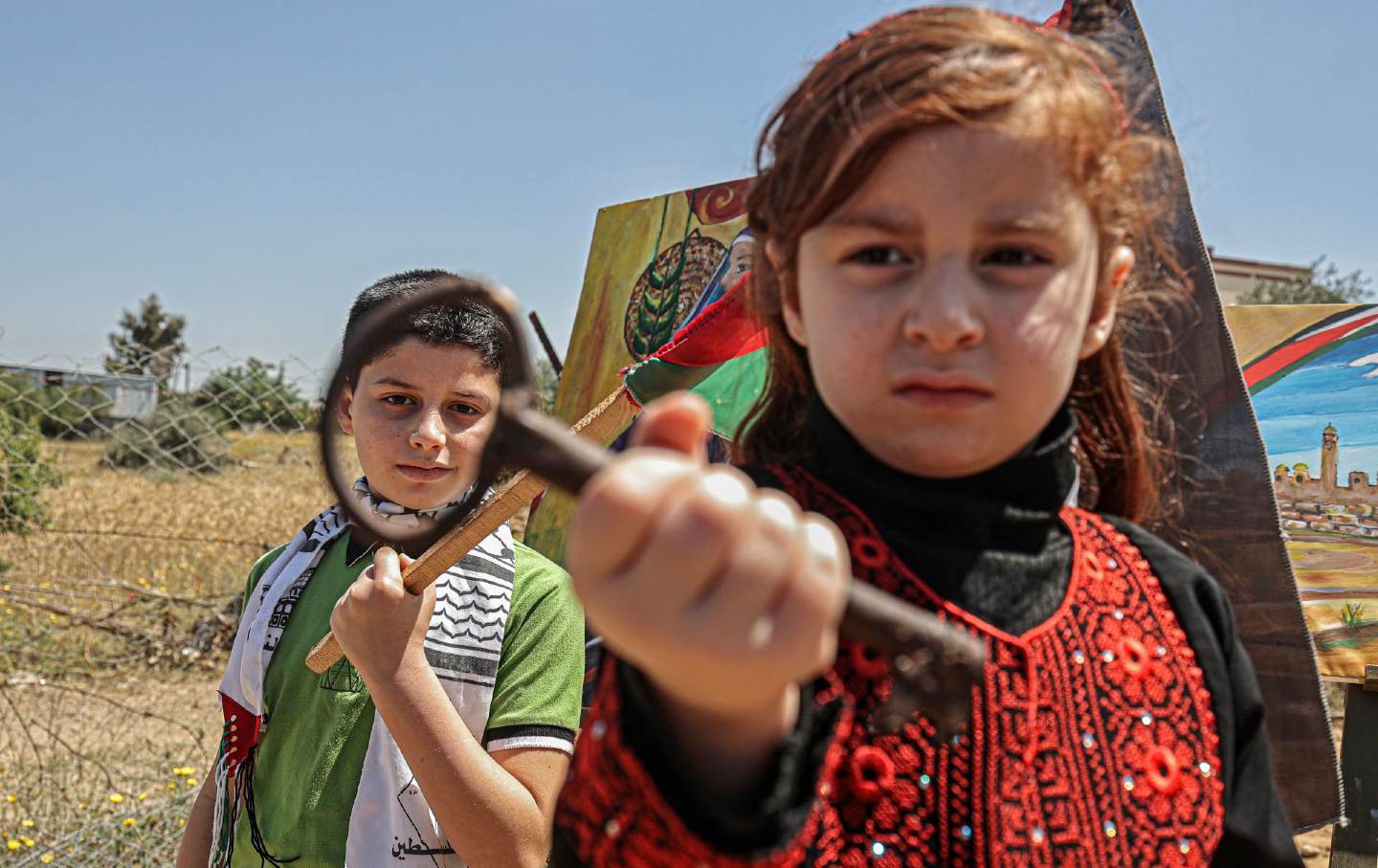P F Tinmore
Diamond Member
- Dec 6, 2009
- 83,385
- 4,684
- 1,815
Follow along with the video below to see how to install our site as a web app on your home screen.
Note: This feature may not be available in some browsers.

 mondoweiss.net
mondoweiss.net

 mondoweiss.net
mondoweiss.net



 mondoweiss.net
mondoweiss.net

 www.thenation.com
www.thenation.com